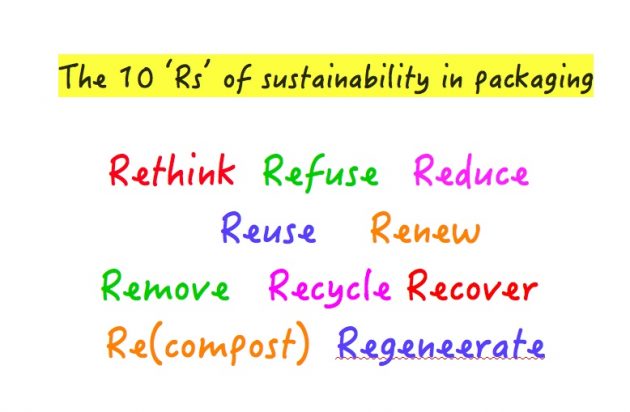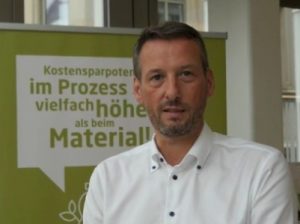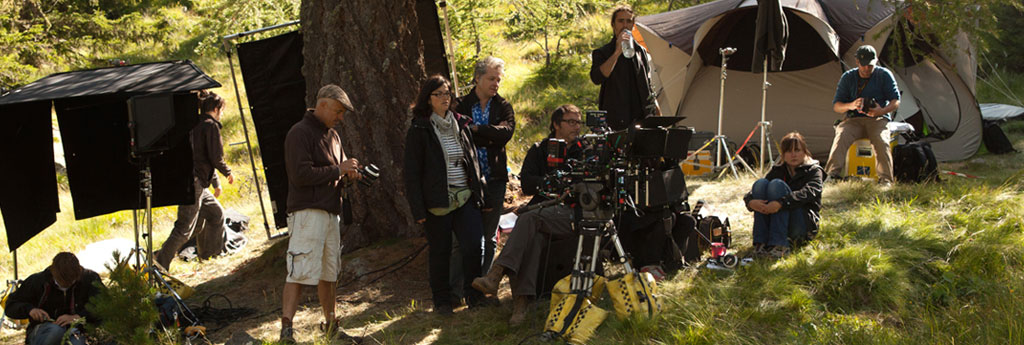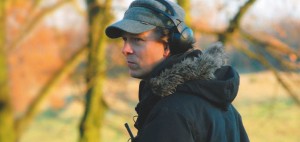
Waste management is an issue that is often controversially discussed – not by film and media productions only. In Germany, the requirement to separate the various waste streams is legally mandatory since the the commercial waste act came into effect in August 2017 but de facto it isn’t often fulfilled. On the contrary, waste management is still considered as a green heroic action. Since there is a growing public awareness of littering of the oceans with plastic waste, packaging is examined more critically and sometimes even its benefit is compromised. In Germany, the amount of packaging waste increased in the last decades from 15.1 m tons in 1991 to 18.3 m tons. The packaging act that came into effect in Germany on January 1, 2019 is supposed to prevail companies to examine more carefully the recycability of their packagings.
The dev elopment of sustainable packaging was a key topic at the Solpack 3.0 conference where Pacoon, Germany’s leading agency for Packaging design and Sustainability, presented high-profile experts from home and abroad who showcased their recent approaches, projects and initiatives. "We want to inform and motivate the companies, the entire supply chain from the manufactures, suppliers and the retail industry up to consumers", emphazises Peter Désilets, CEO, Pacoon. "We are showing which trends and developments we can expect in the next two, three years. Due to the new packacking act various new recycable products will come on the market."
elopment of sustainable packaging was a key topic at the Solpack 3.0 conference where Pacoon, Germany’s leading agency for Packaging design and Sustainability, presented high-profile experts from home and abroad who showcased their recent approaches, projects and initiatives. "We want to inform and motivate the companies, the entire supply chain from the manufactures, suppliers and the retail industry up to consumers", emphazises Peter Désilets, CEO, Pacoon. "We are showing which trends and developments we can expect in the next two, three years. Due to the new packacking act various new recycable products will come on the market."
Various research institutions as well as companies are working on environmental-friendly packaging design solutions that also fulfill the high standards of the German food law. If it comes to orange juice bottle made of plastic, an UV filter as well as an oxygen filter is required. The packaging for meat needs to be designed that it will be perishable for 42 days.
The Fraunhofer Institute for Process Engineering and Packaging (IVV) is currently working on solutions that will allow the polymer films that are currently used in packaging to be replaced by this natural product. The goal is to develop an economical manufacturing process for a packaging material which utilizes the excellent barrier properties of whey protein films to oxygen and moisture so that the shelf-lives of food products will be prolonged. The proteins that have been tested in the lab include field bean, whey that is a by-product of cheesemaking as well as a protein that is a waste product of the potatoe starch production.
 The requirements for the circular economy are to preserve and recycle valuable materials. However, the recycling is often difficult because many products are consistimg of different materials. Cans, for example, are made of varoius components such as a compound of aluminium and polyethylene (PE), a compound of PE and cardboard while the bottom is made of tin plate and the cover of the thermoplastic plastic polypropylene (PP). This is aggravated by the weight that leads to higher transportation costs. A sustainable alternative is developed by the company VerDeSoft with the new cardboard technique Sustain Can, that has a high recycability and can be separated in different waste streams.
The requirements for the circular economy are to preserve and recycle valuable materials. However, the recycling is often difficult because many products are consistimg of different materials. Cans, for example, are made of varoius components such as a compound of aluminium and polyethylene (PE), a compound of PE and cardboard while the bottom is made of tin plate and the cover of the thermoplastic plastic polypropylene (PP). This is aggravated by the weight that leads to higher transportation costs. A sustainable alternative is developed by the company VerDeSoft with the new cardboard technique Sustain Can, that has a high recycability and can be separated in different waste streams.
Consumers often don’t know what kind of bins are right for the recycling of certain products. The marketing teams don’t have this information either so that they can’t label the packaging for the recycling process. For this reason, the Australian company PREP developed design solutions for brand owners and packaging designers. The PREP software is a dynamic assessment platform that simulates consumer packaging’s journey and informs designers why packaging is not recyclable. Developed ofter the course of ten years, meanwhile PREP has been adopted as a national standard assessment methodology in Australia, New Zealand and United Kingdom to underpin the nations’ on-pack recycling labels.
Another sustainable packaging design solution comes from the Netherlands. With Dutch company JASA Packing Solutions, Ruurd Schurt presents the innovative packaging technology Bag-2-Paper™ that is made of 100 percent paper, without plastic coating, the packages can be closed without sealing, and it’s 100 percent suitable for recycling. In Germany, the sustainable packages are already used by some big supermarket chains for the packing of fruits.
Norma Stangl, publicly appointed expert for packaging disposal, packaging act as well as the battery act is consulting companies how they can change their packaging so that they will fulfill the requirements of the packaging act. The first packaging act was introduced in Germany 28 years ago. „After the German reunification there were no longer capacities for landfills“, Stangl points out. On closer examination of the amount of waste it became apparent that a huge part of waste is packaging. In 1991, there was only one type of bins in Germany, in which all kind of waste was dumped. With the introduction of the dual system in Germany came a yellow bin for packaging waste. „The aim is to avoid the impact of packaging waste and the amount of packaing waste", unterlines Stangl, who also pleads that all stakeholders should look at the obstacles of recycability in order to improve them.
Therefore, the Circular Economy Initiative Germany wants to kick off a dialogue how a systemic trend reversal from the linear to a circular economy can succeed. The knowledge from various European strategies provides the basis for the pilot study Germany on the way to Circular Economy. Using the example of food packaging shows that huge amounts of packaging material and additives often limit the circularity of scraps. „The transformation to a circular economy requires disruptive changes and radical innovations because it brings along new business models and product design", is a quintessence of the pilot study.
Photos: © GFS/ Andreas Lischka/Pixabay – Videos: © IVV/ GFS/ JASA












 Robert Redford
Robert Redford Hannes Jaenicke
Hannes Jaenicke Nic Balthazar
Nic Balthazar Nadeshda Brennicke, Actress
Nadeshda Brennicke, Actress Darren Aronofsky, Director, Noah / Jury President, 65th Berlin International Film Festival
Darren Aronofsky, Director, Noah / Jury President, 65th Berlin International Film Festival Tim Bevan
Tim Bevan Thekla Reuten
Thekla Reuten Rachael Joy
Rachael Joy Nikola Rakocevi
Nikola Rakocevi Nadja Schildknecht
Nadja Schildknecht Michael Bully Herbig
Michael Bully Herbig Lars Jessen
Lars Jessen Helen Hunt
Helen Hunt Douglas Trumbull
Douglas Trumbull Dieter Kosslick, Director Berlin International Film Festival
Dieter Kosslick, Director Berlin International Film Festival Benoit Delhomme
Benoit Delhomme Jeremy Irons
Jeremy Irons